The Monastery of El Escorial in Madrid
The Monastery of El Escorial in Madrid
If you go 60 km to the north of Madrid towards Guadarrama, you can see a huge architectural ensemble El Real Monasterio de El Escorial, included in all guide books of Madrid. El Escorial consists of the Catholic convent occupying the southern half of rectangular complex, and the Royal palace in its northern part. There is a majestic cathedral (208×162 m), built in the image and likeness of St. Peter’s Basilica in the in the geometrical center of El Escorial. The main altarpiece was projected by the architect of the whole complex Juan de Herrera, while the frescoes along 43 marvelous altar and the domes were designed by excellent Italian and Spanish masters of church painting. You can see the scenes of life of Jesus Christ, Virgin Mary and other saints on the party walls between the tall round columns of jasper and marble. On the opposite side, behind the carved wooden balustrade you can find the benches for the members of the royal family, surrounded by the sculptures of the Kings Carlos V and Phillip II and their families in the praying poses.
The covered corridor connects the cathedral to the royal palace (or rather suites). It was ordered by the King Phillip II during the construction of Escorial. Extremely devout monarch had to pray to the Lord and Saint Lorenzo at fixed time. The magnificent palace was built in 1563 and devoted to Saint Lorenzo. Story goes that on the day of this saint the Spanish army defeated the French in Saint Quentin. To thank Saint Lorenzo for the supreme intercession, Phillip II ordered to start the building of monastery and convent near Madrid. Later on, he decided to build his residence here. He loved Escorial and spent a lot of time in the palace. However, despite the luxury and magnificence of palace interior, created by the first architect of the building Juan de Toledo, the King’s chambers (on his order) were made in the ascetic style with white walls and a brick floor. The thing is that Phillip II was known a king- hermit. He chose almost the coldest and the windiest place in Spain for its residence, while the whole complex Escorial evokes somewhat gloomy associations, impressing with its severity and greatness. The monastery walls are made of white sandstone. And from the inside they’re adjacent to the lush green gardens, reaching to the north until the large square Cathedral Square.
In the view of many, the general plan of Escorial (from the top) looks a lot like a grate. It is achieved by a large amount of covered vaulted corridors that permeate all the buildings pf the complex and interconnect them. You can see the dark and magnificent rectangle (“The Pantheon of Spanish Kings”) near the cathedral. Here lie the remains of many rulers, starting with Carlos V. The statue of the founder of Escorial Phillip II is standing in the Frailes Gardens (Jardin de los Frailes) near the southern wall of the monastery and faces Madrid that can be seen on the horizon.
The palace complex includes two museums. The nine halls of the art museum of Escorial contain a rich collection of European paintings of the XV-XVII centuries (including the masterpieces of Titian, Bosch and Van Dyck). The exhibition of other museum represents the history of the creation of the monasteries in pictures, schemes, plans, documents and models. Another room is a beautiful monastery library, whose collection is inferior only to the Vatican Library and is the only book depository in the walls, where the old volumes are placed on the shelf with the spines to the inside not to damage the bindings.
You can get to the monastery by bus (from the bus station Moncloa to El Escorial, the cost is 2.5 euro) or by electric train (choose the line С7/С10 to the station Colmenar Viejo). The address is: Paseo Juan de Borbon, El Escorial. The monastery is opened the whole week (except Monday), in winter- from 10.00 to 18.00, and in summer- from 10.00 to 20.00. The price of entrance ticket is 10 euro.

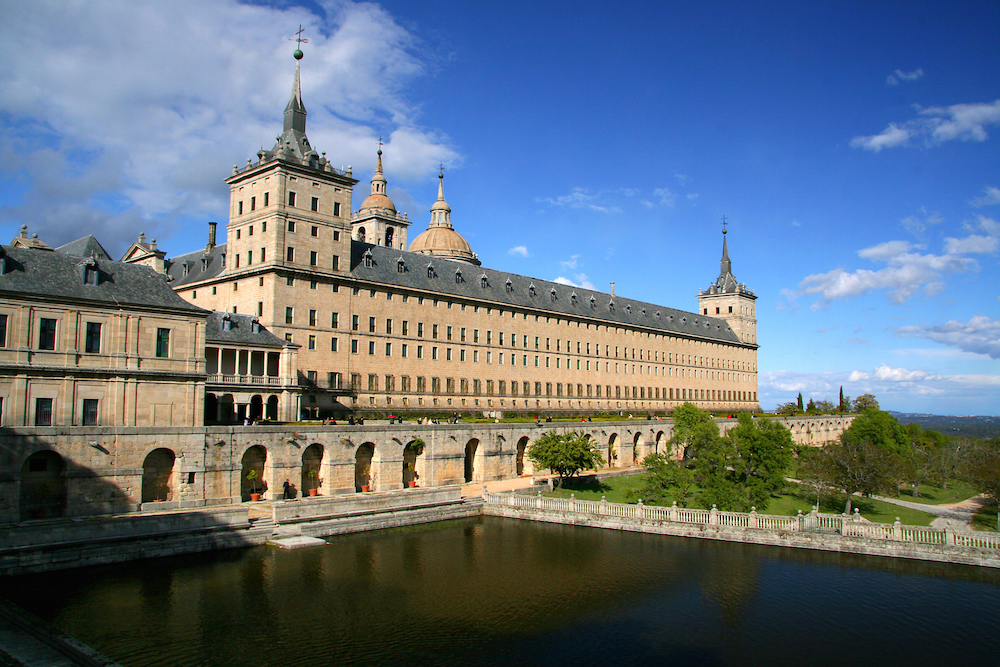

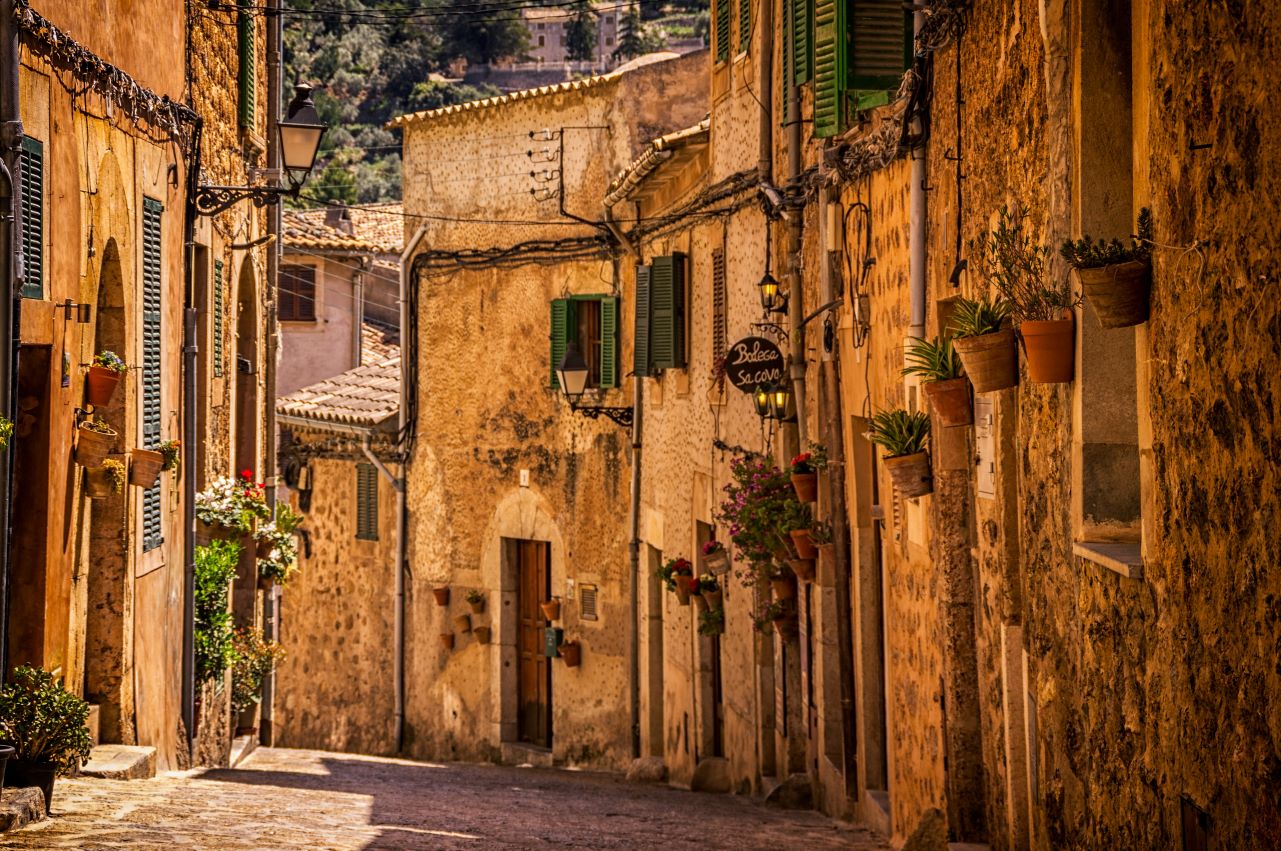
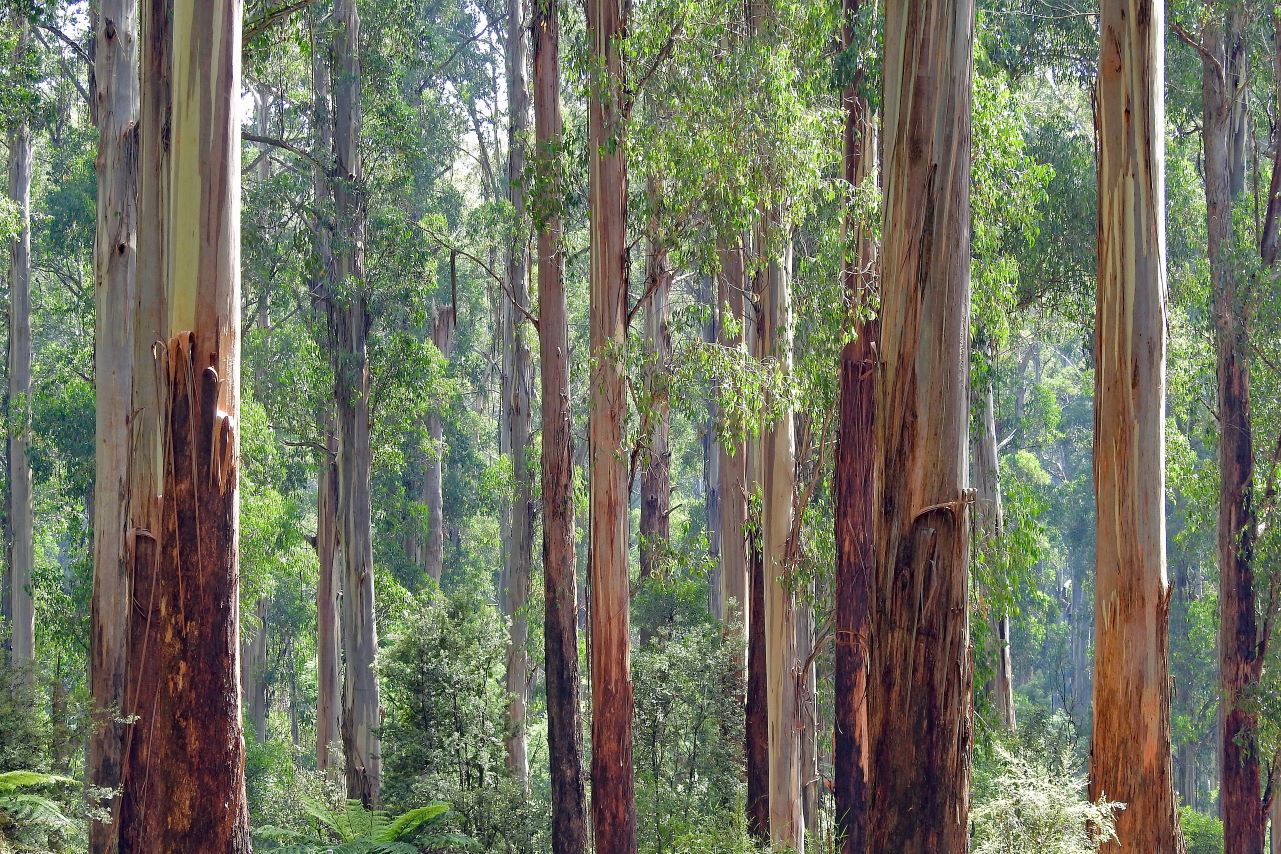
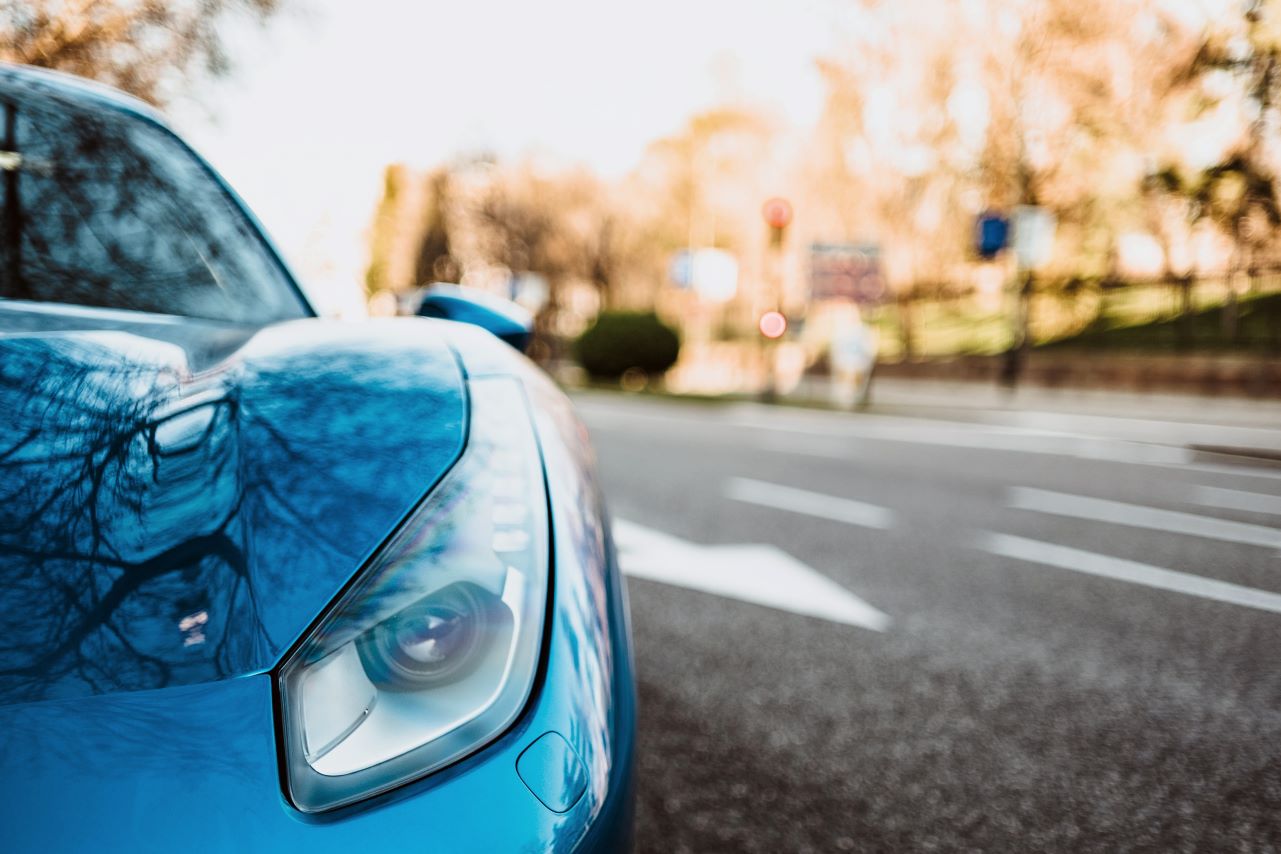
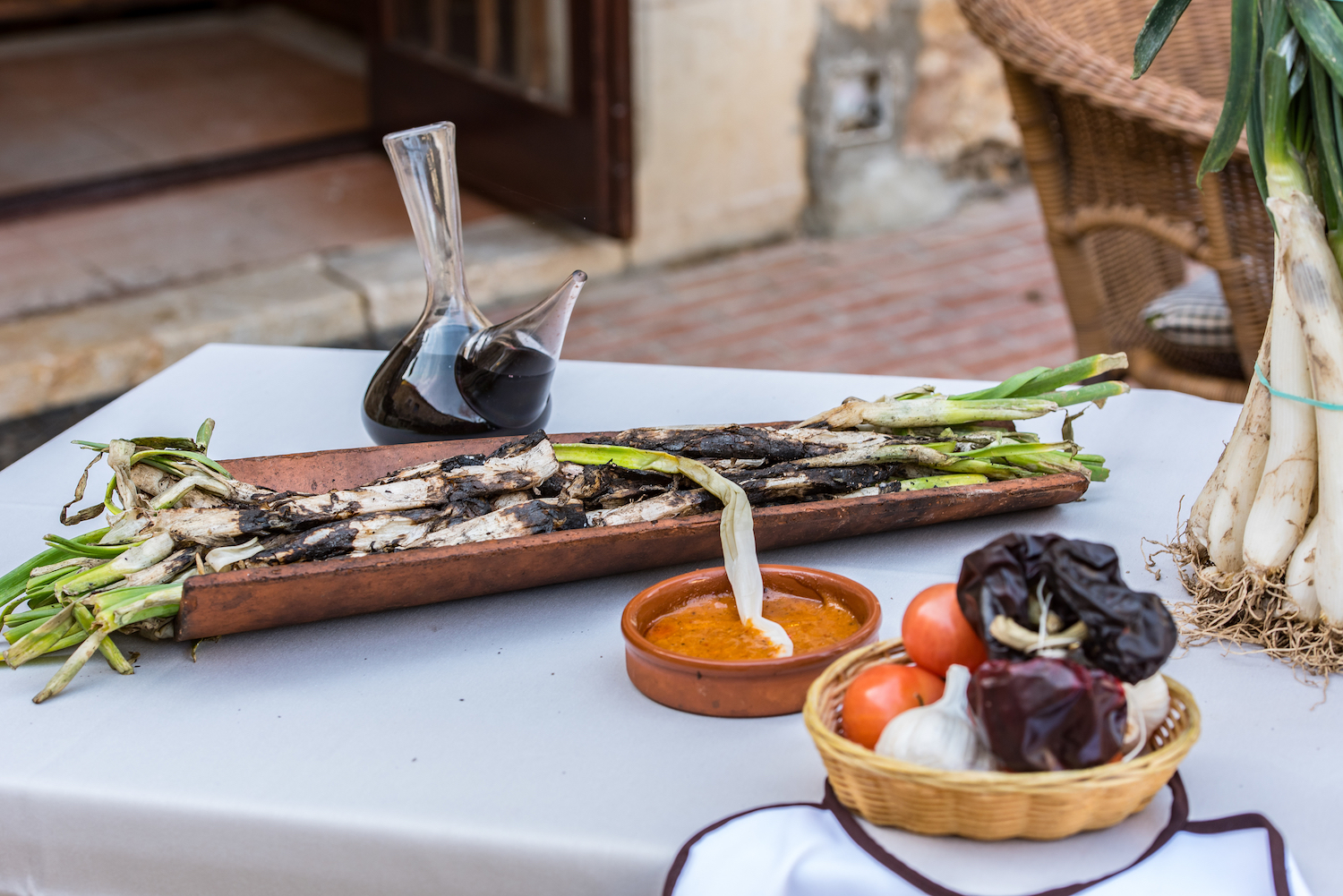

Comments